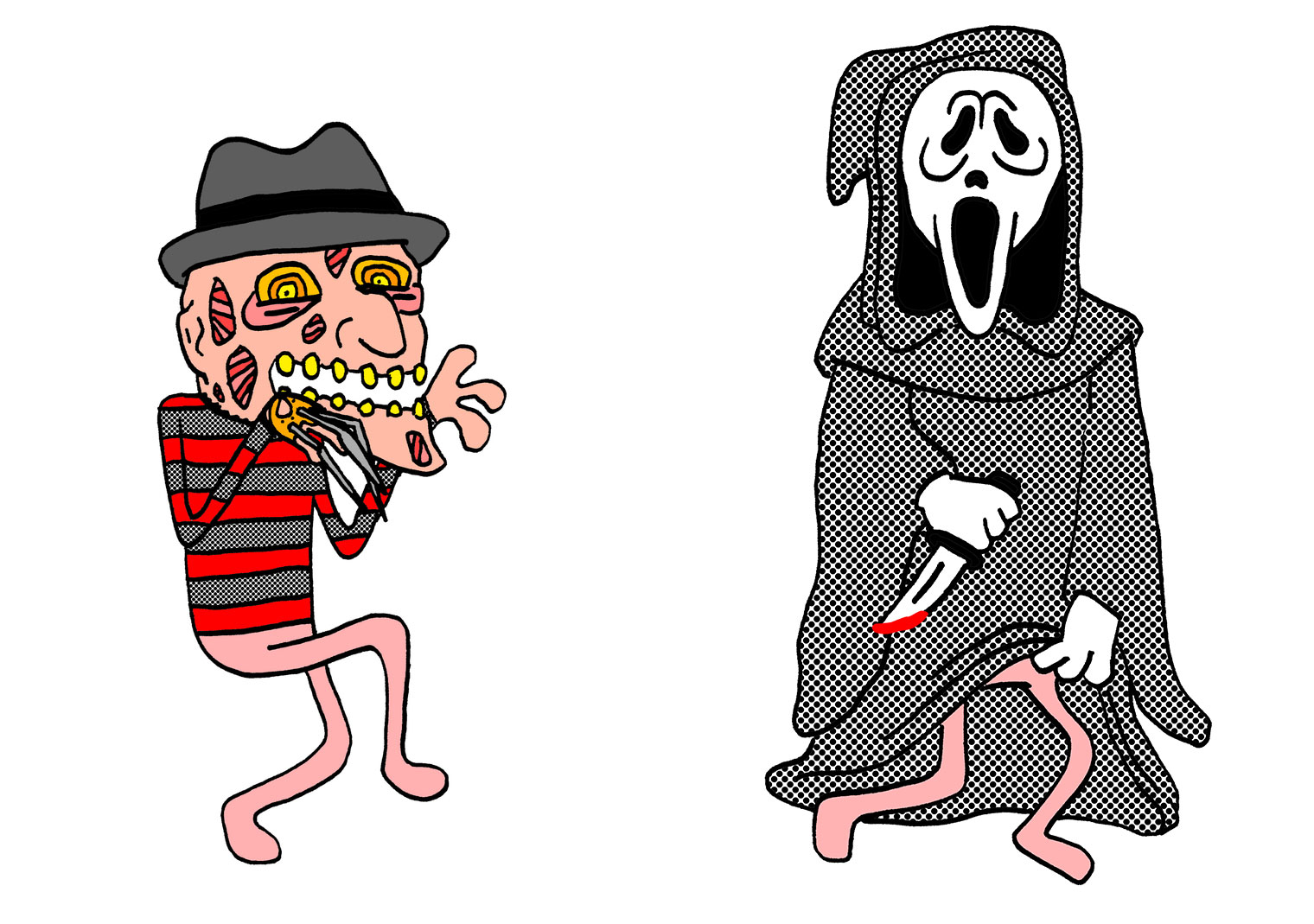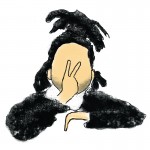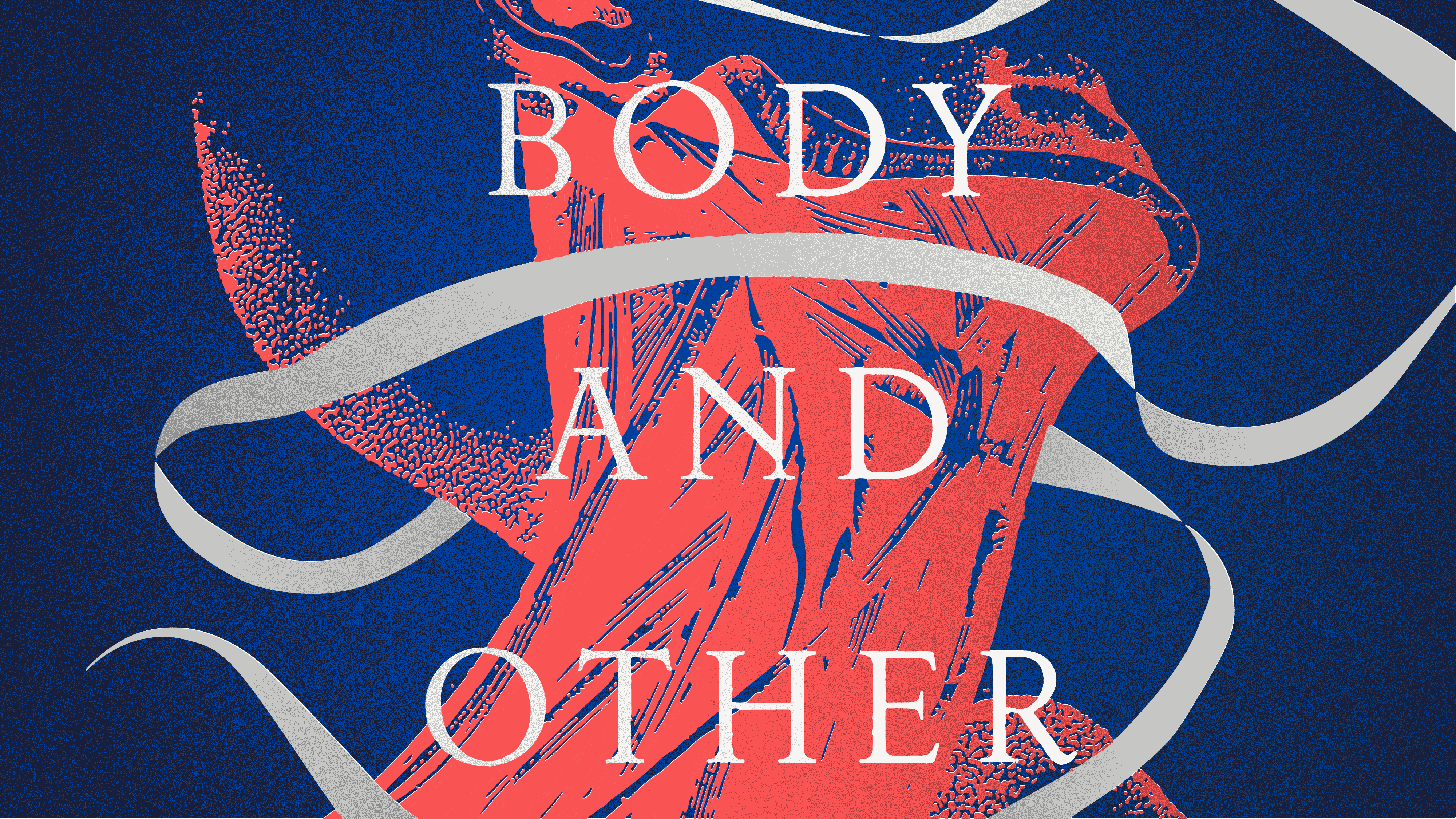When Wes Craven passed away on August 30 this year, he left behind a prolific body of work—and a man so disturbing he could slash his way into your dreams. Wes Craven forever changed the landscape of horror movie villains with the advent of Freddie Kruger. Previous horror villains like “Friday the 13ths” Jason Vorhees or Michael Meyers were static. They crept about silently with a menace that was both awkward and emotionless. Freddy, on the other hand, was undeniably alive. He had a cache of witty comebacks as sharp as his knife-pronged glove, and a sense of style. He had charisma, and that dynamism gave way to a sense of humanity (complicated by his career as a child murderer). Freddy could go anywhere; he wasn’t just quarantined at summer camp. Most terrifying of all, he existed in the one place not governed by reality, where people are typically free of consequences — their dreams. That’s where the brilliance of “Nightmare on Elm Street” lies, Krueger loses his powers when people refuse to succumb to the fear he incites. Craven was painstakingly aware of the reciprocal nature of fear itself, fear only grows when we give it the power to do so.
In a way, the Freddy’s dynamism could serve as a metaphor for the expansive nature of Wes Craven’s career, which spanned almost four decades. His death on August 30 shocked Hollywood and horror buffs alike. Johnny Depp credited Craven as “the guy who gave me my start, from my perspective, for almost no reason.” Long before Johnny Depp served as the dictionary definition of “heart throb,” he was a struggling musician picking up acting jobs along the way to support his music career. His role as Glenn in 1984’s “Nightmare on Elm Street” served as his “big break” into the mainstream media.
Craven, on the other hand, was originally a humanities professor at Clarkson College of Technology. He started working in the film industry in post production and wrote, directed, and edited his first film, “The Last House on the Left,” in 1972.
The Last House on the Left is a gruesome film centering around the kidnapping and sexual assault of two teenage girls who were kidnapped by a gang of recently escaped convicts while on their way to a concert in New York City. The film was relatively well-received by critics. Famed film critic Roger Ebert gave it 3.5 stars out of four saying; “What does come through in ‘Last House on the Left’ is a powerful narrative, told so directly and strongly that the audience (mostly in the mood for just another good old exploitation film) was rocked back on its psychic heels.”
After “Last House on the Left” Craven went on to direct a string of horror-genre staples like “The Hills Have Eyes” and “Swamp Thing.” In the early ‘80s Craven read an LA Times article about an American family who had escaped the Killing Fields in Cambodia. The young son had been having vivid nightmares about the ordeal which left him afraid to go to sleep, so he tried to stay up for days at a time. When he finally did go to sleep, much to his parents’ relief, he died…in the middle of a nightmare. Craven stated that, “here was a youngster having a vision of a horror that everyone older was denying. That became the central line of ‘Nightmare on Elm Street.’”
In addition to functioning as a must-see slasher flick, “Nightmare on Elm Street” also acts as a brilliant showcase for teen angst, pushing the us vs. them mentality that teenagers harbor to a breaking point, by involving a charred child molester in a weirdly Christmas-esque striped sweater. It’s got all the components of a classic “teen” movie: a hunky jock (Johnny Depp), a “bad” boy (Nick Corri) and a resourceful, smart protagonist who ultimately saves the day (Heather Langlefield). Craven’s understanding of teen social dynamics gives his films the air of a gory John Hughes flick. This is not to say “Nightmare on Elm Street” isn’t campy, it is the epitome of camp, but Craven is surprisingly self-aware as a director.
In 1996’s “Scream”, which he directed, Ghostface (the film’s enigmatic slasher) references the “Nightmare on Elm Street” franchise in the opening minutes saying, “The first one was good but the rest of them sucked.” Craven’s sense of self-awareness in “Scream” also translated into a wider acknowledgment of tropes that the horror genre collected over the years, like the classic “virginal babysitter.” It gleefully mocked what makes horror so great, the bumps in the night and the foolish bravery. The genre-wide mockery also opened up a market for horror parodies like the “Scary Movie” series.
Scream also plays on the idea of the duplicability of horror movie killers. Ghostface’s costume is simple, within days of the first killings students of Sidney’s high school are already sprinting down the hall dressed in billowing black cloaks and white plastic masks. It looks like a literal representation of the eight sequels that “Nightmare on Elm Street” spawned (not counting the 2010 remake).
“Scream” plays on the one aspect of horror that no one really wants to admit, horror is marketable. Gore sells, we as a culture are fascinated by it. The TV journalist in “Scream” is constantly trying to catch her “big break” as Ghostface flails around slaying the entire town, because she knows that if she’s the one to break this story, fame will follow. Ghostface is the product of a culture that Wes Craven (and Freddy Kruger) created. Though the “Scream” franchise was not written by Craven himself, Craven’s influence is felt throughout. “Scream” is the direct result of a Halloween season saturated by rubber Freddy masks and life-sized Jasons peeking out of Halloween store windows, a holiday shaped ostensibly by killer culture … and the idea that these crazy, campy films could seep into someone’s reality, into the halls of their high school even, is what makes “Scream” so great. People dismiss horror as a genre with a seasonal expiration date, but Wes Craven knew that these films had the potential to shape our cultural discourse and to force us to examine what frightens us the most.
Overall, Wes Craven’s impact can be felt in nearly every corner of the film industry. His casting finesse brought us the great gift of young Johnny Depp in a crop top, and his awe-inspiring imagination left us sleepless for weeks on end. He was truly, a horror maestro.






















